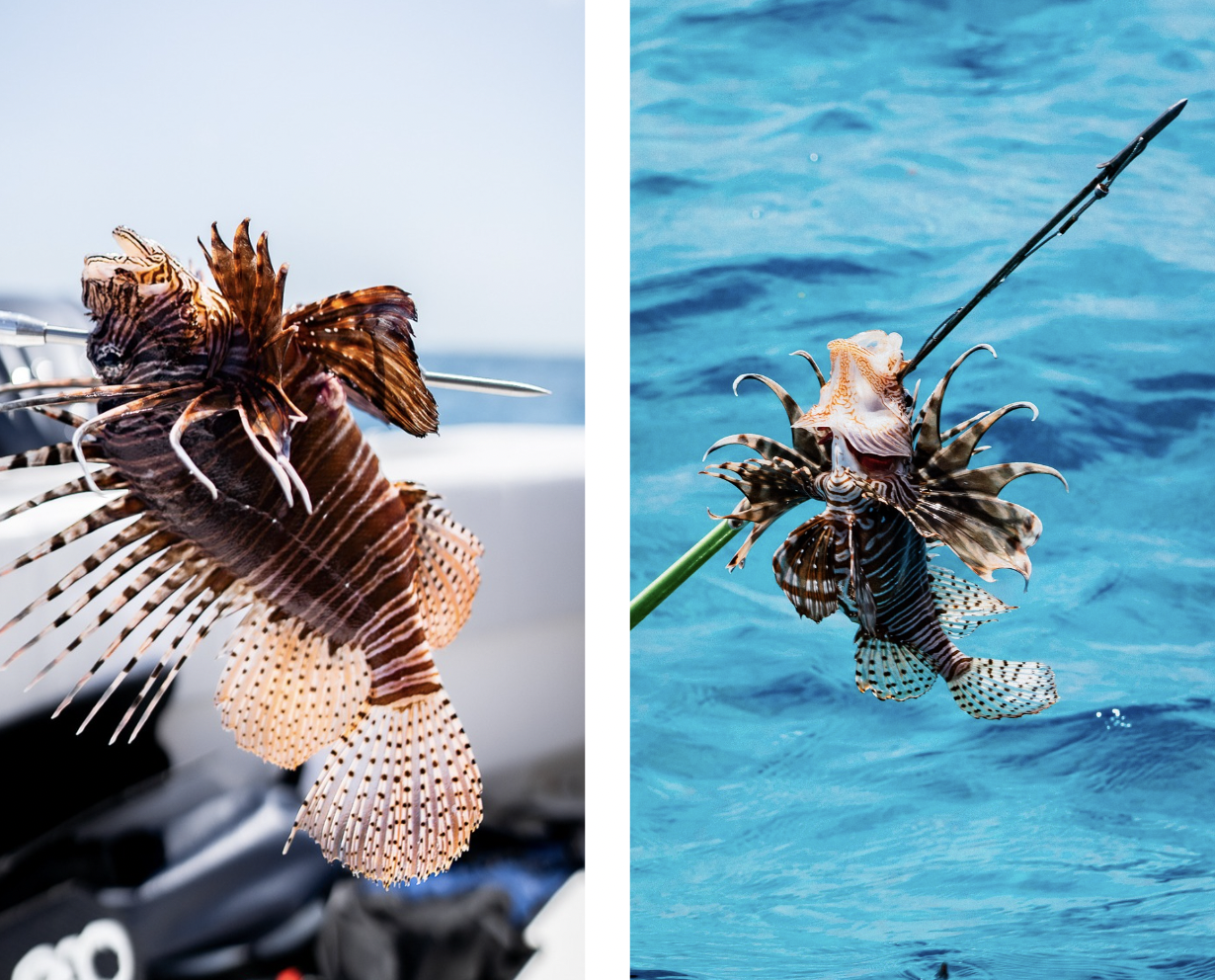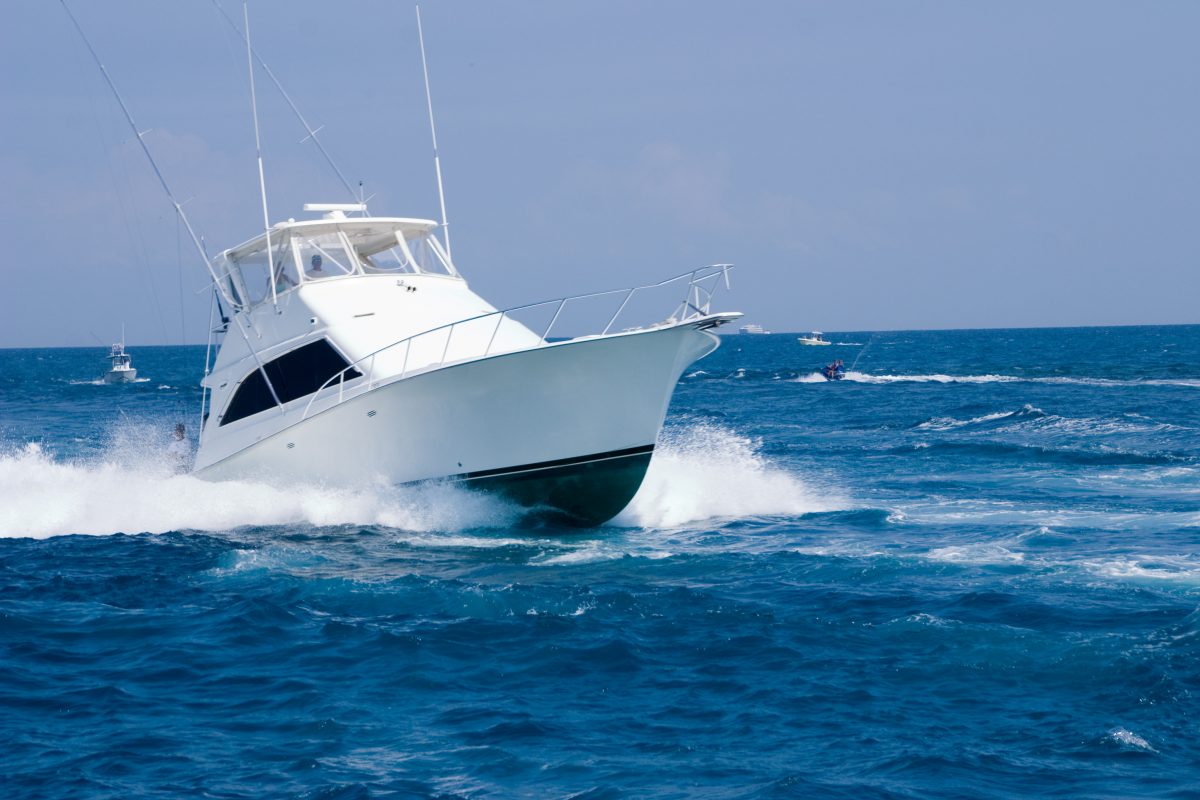The Deal About Lionfish in South Florida
Words and photos by Brian Hall
Amongst the calming blue waters of South Florida lurks an unlikely predator that is venomous, invasive and served as a delicacy at your favorite local seafood restaurants: the lionfish. That’s right, you read that last part correctly. Thanks to the help (efforts) of local authorities and conservation groups promoting the harvest of this invasive species, our community has in fact found a culinary solution to an environmental threat.
Hailing from the Indo-Pacific region, and originally just an aquarium trophy for hobbyists in the states, how lionfish would find their way into Atlantic waters (dating back to the mid 80s) is still somewhat of a mystery. But, with an appetite for the food needed by our native marine life, and no known predators to stop them in their tracks, lionfish populations exploded and would inevitably become a significant threat to our local reef ecosystems.
On the forefront of this environmental battle is Florida Fish and Wildlife Conservation Commission (FWC) which proudly totes the message, “Be the predator!” Beyond education and awareness efforts, they’ve organized lionfish tournaments and derbies for both anglers and divers promoting removal of lionfish in hopes of limiting the negative impacts to our marine ecosystem. And they’ve been a huge success, especially amongst the spearfishing community.
I know your mouths are watering by now, so let’s talk about the silver lining: turning this invasive menace into a delicious dinner plate. I’d always heard of the white, flaky meat a lionfish holds within, but had to try it myself to see what all the talk was about, and last summer I finally had the chance. One by one, my companions and I spearfished every lionfish we came across while diving a shallow reef (yes, we were hoping for a nice Mutton snapper), raising them out of the water as if they were little trophies of our own conservation efforts. Back at the dock we filleted them with care, avoiding the venomous spikes, and quickly sent them to a frying pan. The rumors were true. Similar to a hard-to-beat snapper, the lionfish melts in your mouth and leaves you wanting more. Pro tip: substitute lionfish into your next ceviche dish.
Naturally, local chefs in South Florida have begun introducing this rare menu item which has gained quick popularity and rave reviews. Turning this environmental threat into a culinary delicacy not only helps control lionfish populations but also raises awareness about the issue among the general public. It’s a win-win situation for conservationists, fishermen, and of course our continued love for seafood and supporting local seafood restaurants.
Looking to see what the hype is all about? Check out these local restaurants that serve it up when available:
- Cod & Capers (North Palm)
- Food Shack (Jupiter)
- Pinder’s Seafood (Tequesta)
These spots did admit, however, that lionfish being available on the menu is very rare. You’d probably be better off bringing your own catch into the restaurants on our Catch and Cook Guide.














